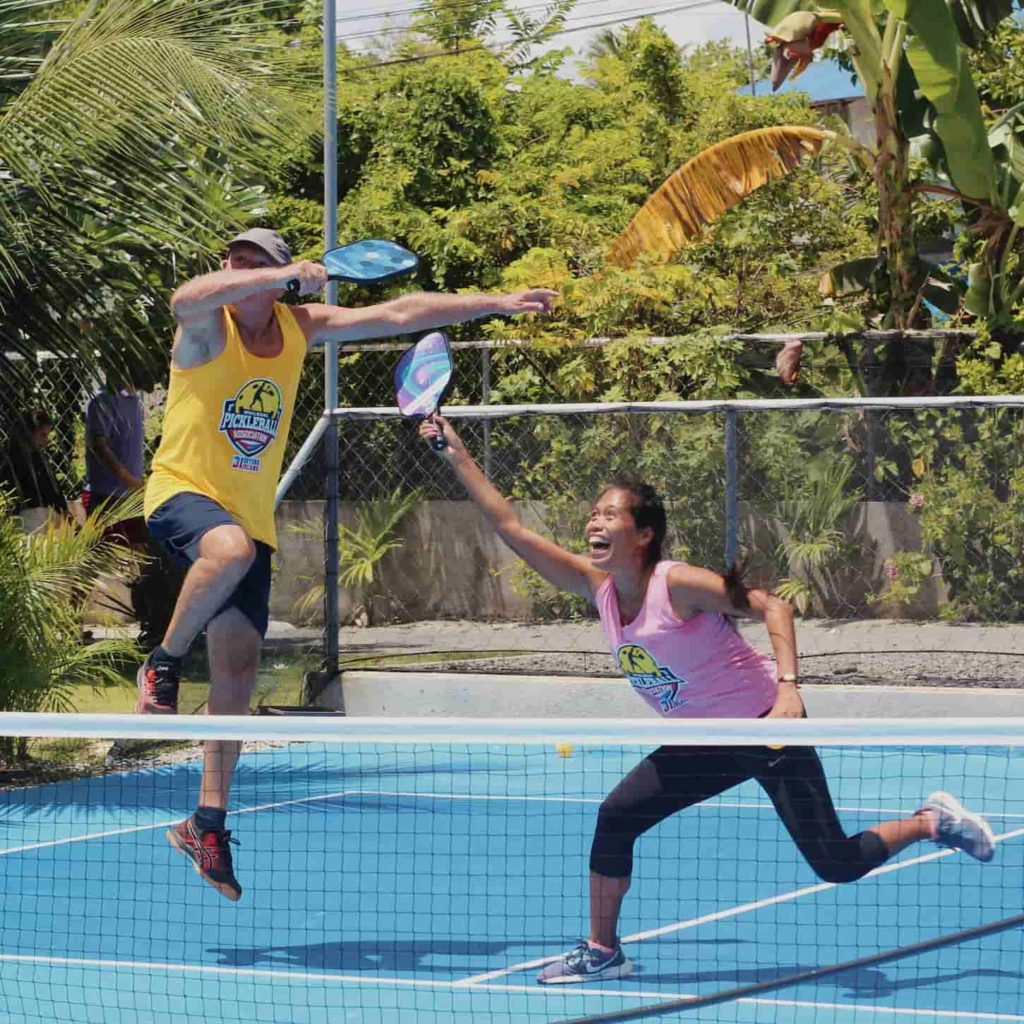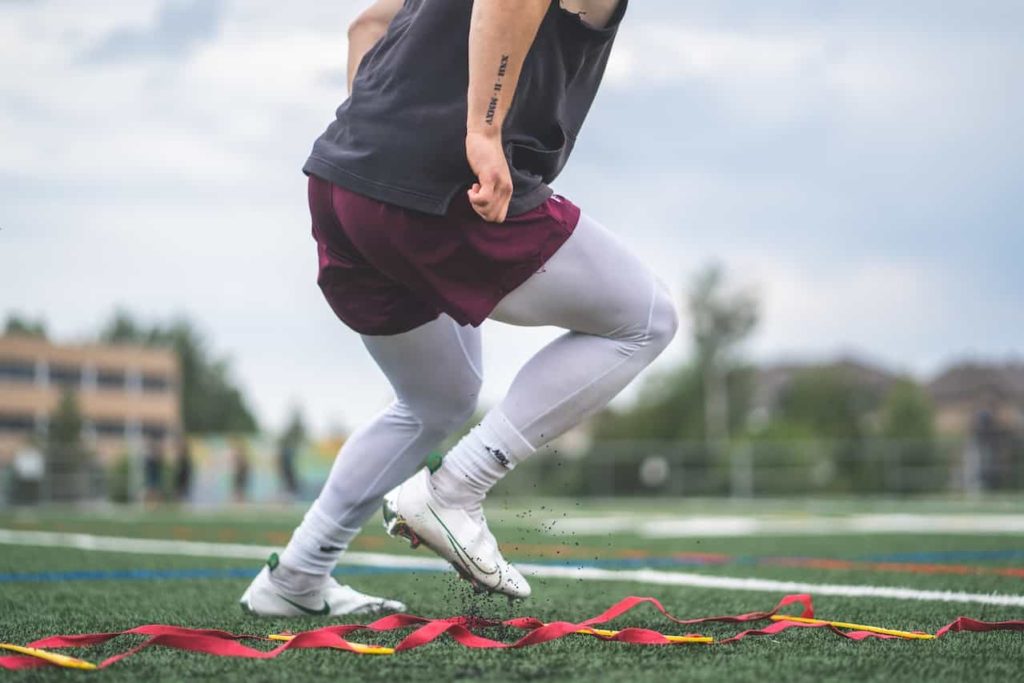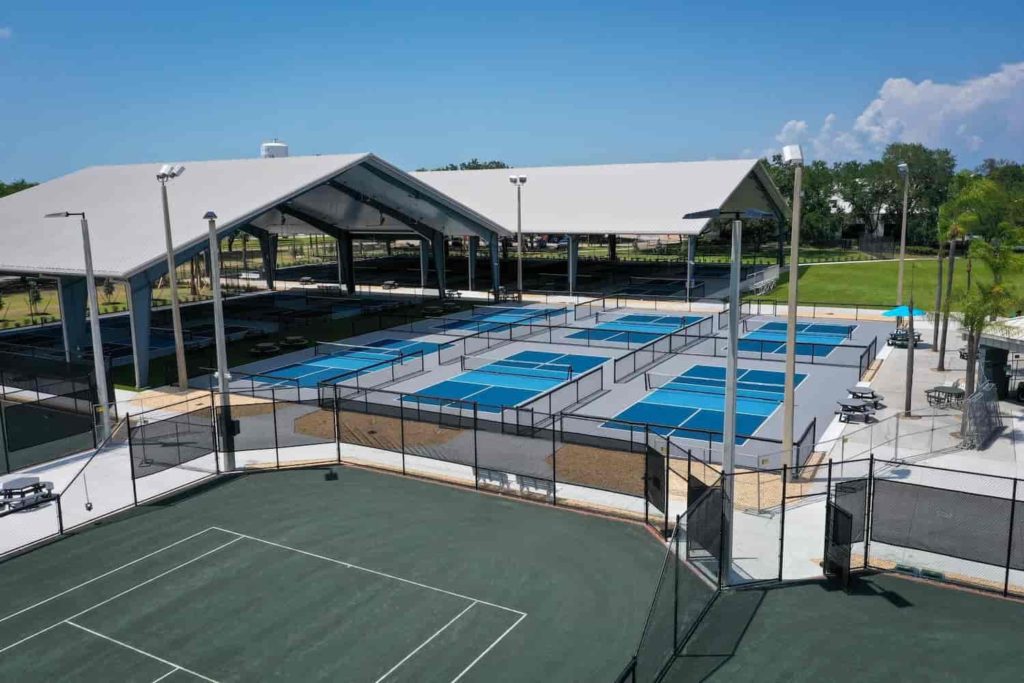What are Unforced Errors in Pickleball?
Pickleball is a fast-paced and competitive sport that requires a combination of physical skill and mental focus. One of the most significant challenges for players is to minimize the number of unforced errors they make during play.
Unforced errors are shots that could have been made successfully, but due to factors such as poor technique or lack of focus, they resulted in a lost point. Examples include hitting the ball out-of-bounds or failing to return a relatively easy shot from your opponent. Making mistakes you shouldn’t make.
The Importance of Minimizing Unforced Errors
Unforced errors can be detrimental to pickleball players’ overall performance as they not only lose points but also lead to frustration and loss of momentum. The more unforced errors a player makes, the more pressure they put on themselves to make up for these losses, which can negatively impact their mental state and ultimately lead to more mistakes. In contrast, reducing unforced errors can result in greater confidence, consistency, and improved gameplay.
The Purpose of this Article
The purpose of this article is to provide readers with insights into how they can minimize unforced errors while playing pickleball. The article will cover various aspects such as footwork, shot selection, techniques for avoiding common mistakes, and lesser-known details about reducing unforced errors.
By reading this article players will gain the knowledge necessary to improve their gameplay by reducing the number of avoidable mistakes that cost them points. With enhanced gameplay comes increased enjoyment and success on the court- something every pickleball player strives for!
High-Level Overview of Unforced Errors in Pickleball
Unforced errors are mistakes or failures to execute a shot that should have been made without any significant pressure from the opponent. These types of mistakes can be quite frustrating and can take a mental toll on players. Reducing unforced errors is crucial to improving your game and becoming a better player overall.
Types of Unforced Errors
There are several types of unforced errors in pickleball that players often make during matches. The most common types include missed shots, mishits, and poor placement. Missed shots occur when a player fails to make contact with the ball completely, resulting in no return.
Mishits happen when a player makes contact with the ball but not cleanly, causing the ball to go off-course or not have enough power for an effective shot. Poor placement occurs when a shot is made but does not land where intended, providing an easy opportunity for the opponent to return the ball.
Causes of Unforced Errors
There are numerous reasons why players make unforced errors during play. Lack of focus is one cause, as it can lead to slow reaction time and poor decision-making on the court. Poor footwork can also be responsible for many unforced errors because it affects the quality and accuracy of shots.
Improper technique is another major cause of unforced errors as it leads to inconsistent shots that are difficult to control or place effectively. Nerves and anxiety could also be behind many inexplicable mistakes on the court as they affect physical performance by increasing muscle tension and disrupting mental clarity.
Overall, understanding what causes certain types of unforced error helps you address these mistakes more effectively in your own playstyle. In this article’s following section we will delve deeper into how improper footwork could lead to a higher number of self-inflicted losses due to Unforce Errors.
How Proper Footwork Can Reduce Unforced Errors
Pickleball requires a lot of movement on the court, making proper footwork an essential aspect of the game. Without proper footwork, players are more likely to make unforced errors, miss opportunities for shots, and get caught out of position. One of the most important aspects of good footwork is maintaining balance while moving across the court.
This means keeping your feet shoulder-width apart and shifting your weight from one foot to the other as you move. Another critical aspect of proper footwork is being able to move quickly in any direction.
This involves using different types of steps depending on where the ball is coming from and where you need to go next. For example, if you need to quickly move forward towards the net after hitting a deep shot, a split step can help you regain balance and prepare for your next shot.
One common mistake players make with their footwork is taking steps that are too large or too small. When steps are too small, this can lead to unbalanced shots and missed opportunities for returns.
Conversely, when steps are too large, players can easily over-commit themselves and get caught off-balance when trying to change direction quickly. To improve footwork and reduce unforced errors on the court, it’s important for players to practice various types of steps at different speeds until they find what works best for them.
Tips for Improving Footwork to Reduce Unforced Errors
Practice proper balance by keeping feet shoulder-width apart while moving
Use a split step before each shot
Maintain consistency in step size
Move forward towards the net with smaller steps which helps you recover faster
How Smarter Shot Choices Can Reduce Unforced Errors
In pickleball, shot selection refers to making strategic decisions about where to hit the ball based on various factors such as court position, shot difficulty, and opponent strengths and weaknesses. Making smart shot choices can reduce unforced errors by minimizing risky shots that are difficult to execute or put you out of position on the court. One important strategy for making smarter shot choices is hitting to open spaces on the court.
This means targeting areas where your opponent is not positioned, making it more difficult for them to return the ball. Another strategy is hitting down the middle of the court which can make it difficult for your opponent to move laterally and cause confusion between them about who should take responsibility for returning the ball.
Poor shot selection often leads to unforced errors, including missed shots or shots that are too easily returned by your opponents. This can occur when players attempt ambitious shots that they are not quite ready for or when they fail to recognize their own limitations on certain types of shots.
Tips for Improving Shot Selection
Think before hitting a shot
Look at open spaces on the court
Use different types of shots such as lobs, drives or drops depending on what suits your situation best.
Focus on safety when unable to decide right away
The Importance of a Pre-Shot Routine
When it comes to reducing unforced errors in pickleball, having a consistent pre-shot routine can make all the difference. A pre-shot routine is a set of actions or behaviors that a player completes before each shot they take.
This can include things like bouncing the ball before serving, taking a deep breath before hitting a return, or visualizing the shot they want to make. One reason why having a pre-shot routine is so beneficial is that it helps players get into the right mindset for each shot.
By going through the same motions before every play, players can enter a state of concentration and focus that allows them to execute their shots more consistently and with fewer mistakes. Another advantage of having a pre-shot routine is that it can help players stay calm and composed under pressure.
When playing in competitive environments, nerves and anxiety can often lead to unforced errors as players rush their shots or lose focus on proper technique. However, by sticking to their pre-shot routines, players can stay grounded and maintain their composure even when faced with difficult opponents or high-pressure situations.
Conclusion
Reducing unforced errors in pickleball requires attention to detail and consistent effort both on and off the court. By focusing on improving footwork techniques, making smarter shot selections, and developing strong pre-shot routines, players at every skill level can work towards minimizing mistakes and playing at their best.
Remember that making mistakes is simply part of the learning process – even professional athletes make errors from time to time. With practice and perseverance, you too can become an accomplished pickleball player who makes fewer unforced errors and enjoys more success on the court!





